The NHL's Notable Number 2 Picks

The NHL's Notable Number 2 Picks
Bobby Ryan, right wing
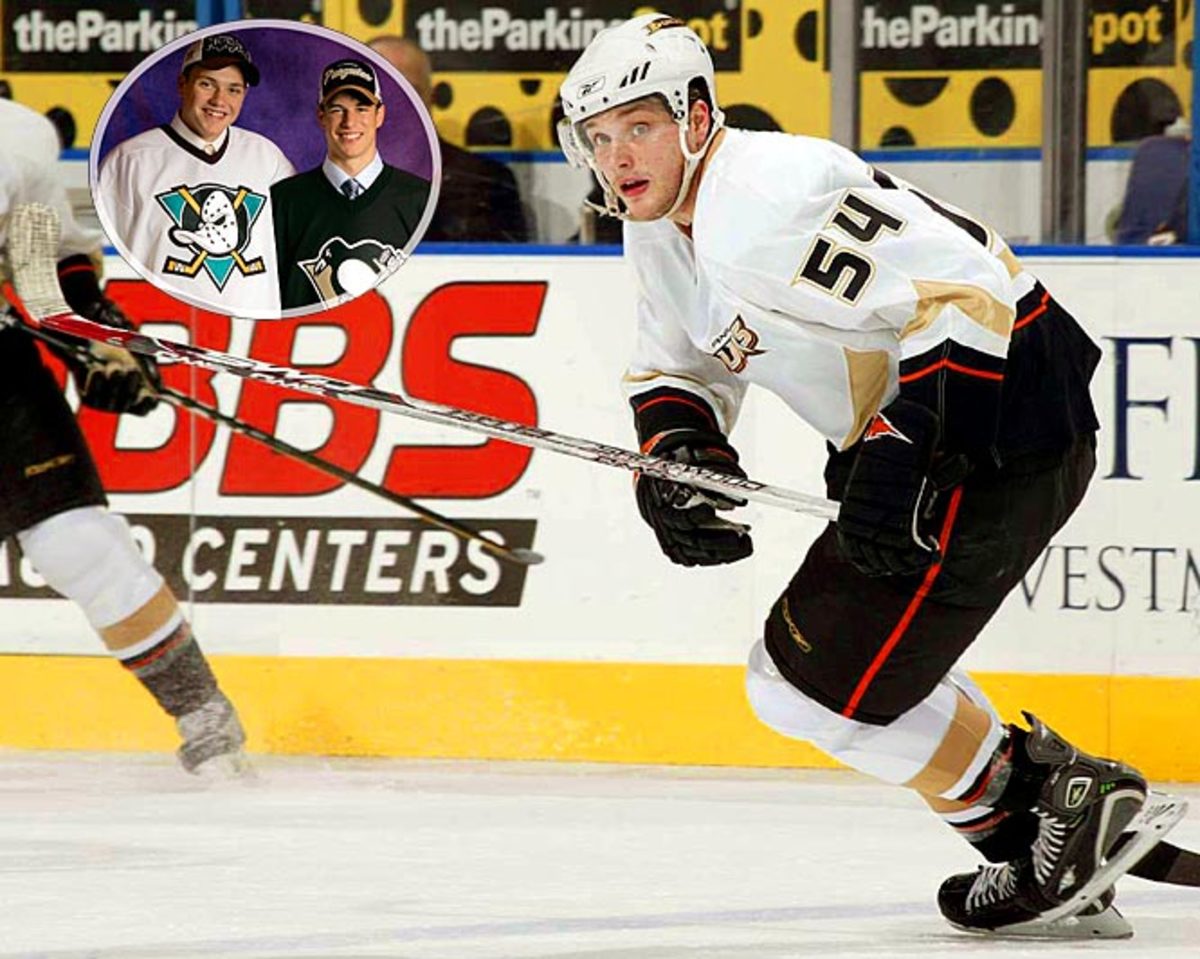
Drafted after Sidney Crosby (center, Penguins) in 2005<br><br>There were 229 other names called the day Crosby was drafted. The first of the forgotten was Ryan, who at No. 2, joined a line of noteworthy players who have immediately followed some of the NHL's biggest names. While some emerged as stars in their own right -- and Ryan is now a serious contender for this season's Calder Trophy as rookie of the year -- others remained lost in the shadows. <br><br><i>For more on Ryan, see the Feb. 9 edition of Sports Illustrated magazine, on sale now.</i>
Evgeni Malkin, center
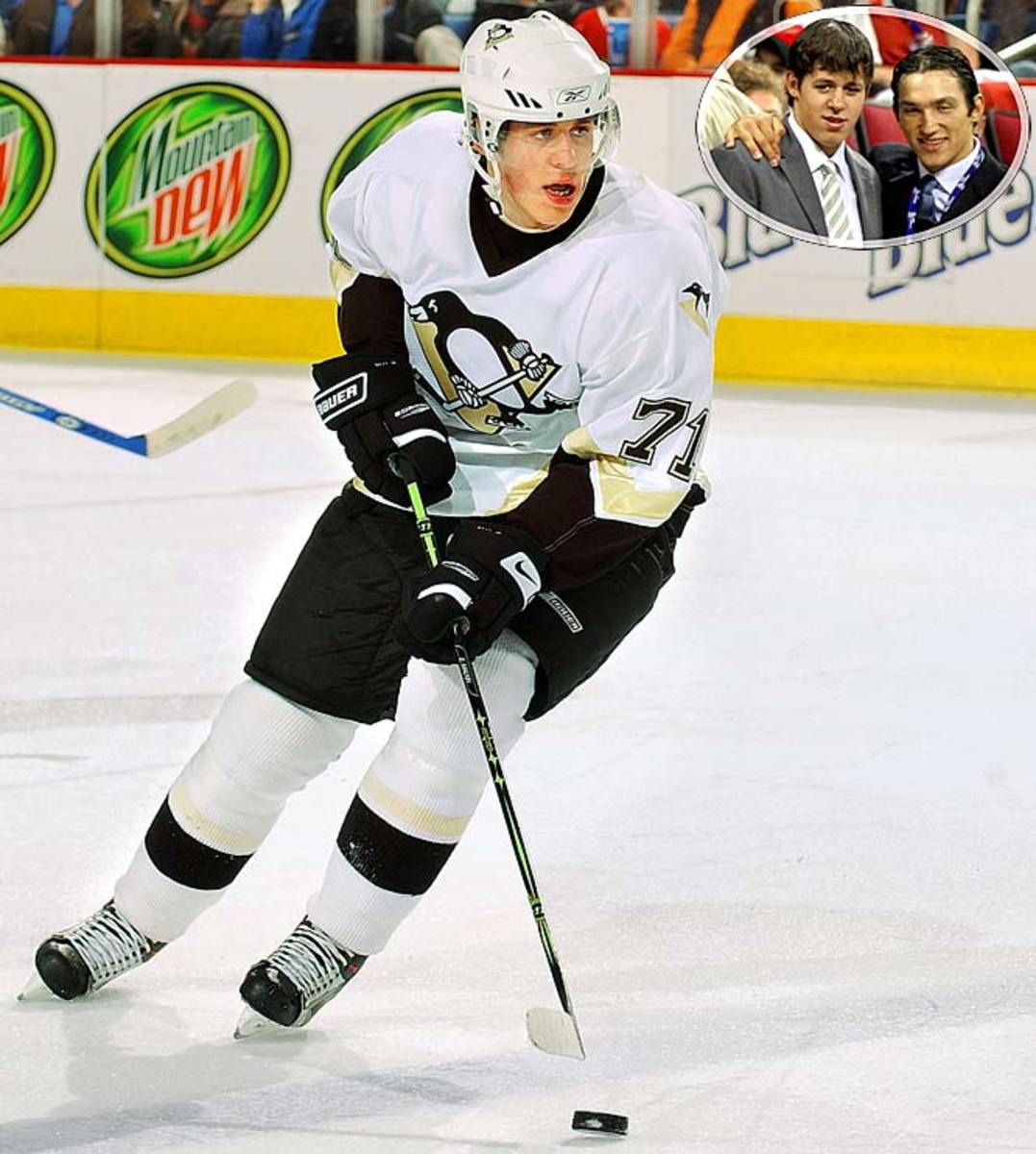
Drafted after Alex Ovechkin (left wing, Capitals) in 2004<br><br>This pair may turn out to be the best one-two in NHL draft history. After a season in Russia, then taking the Calder in 2007 (the year after Ovechkin), Malkin was again right behind his fellow countryman, finishing second in the race for the 2008 Art Ross and Hart trophies. Malkin now leads the league with 54 assists and 76 points after 52 games.
David Legwand, center
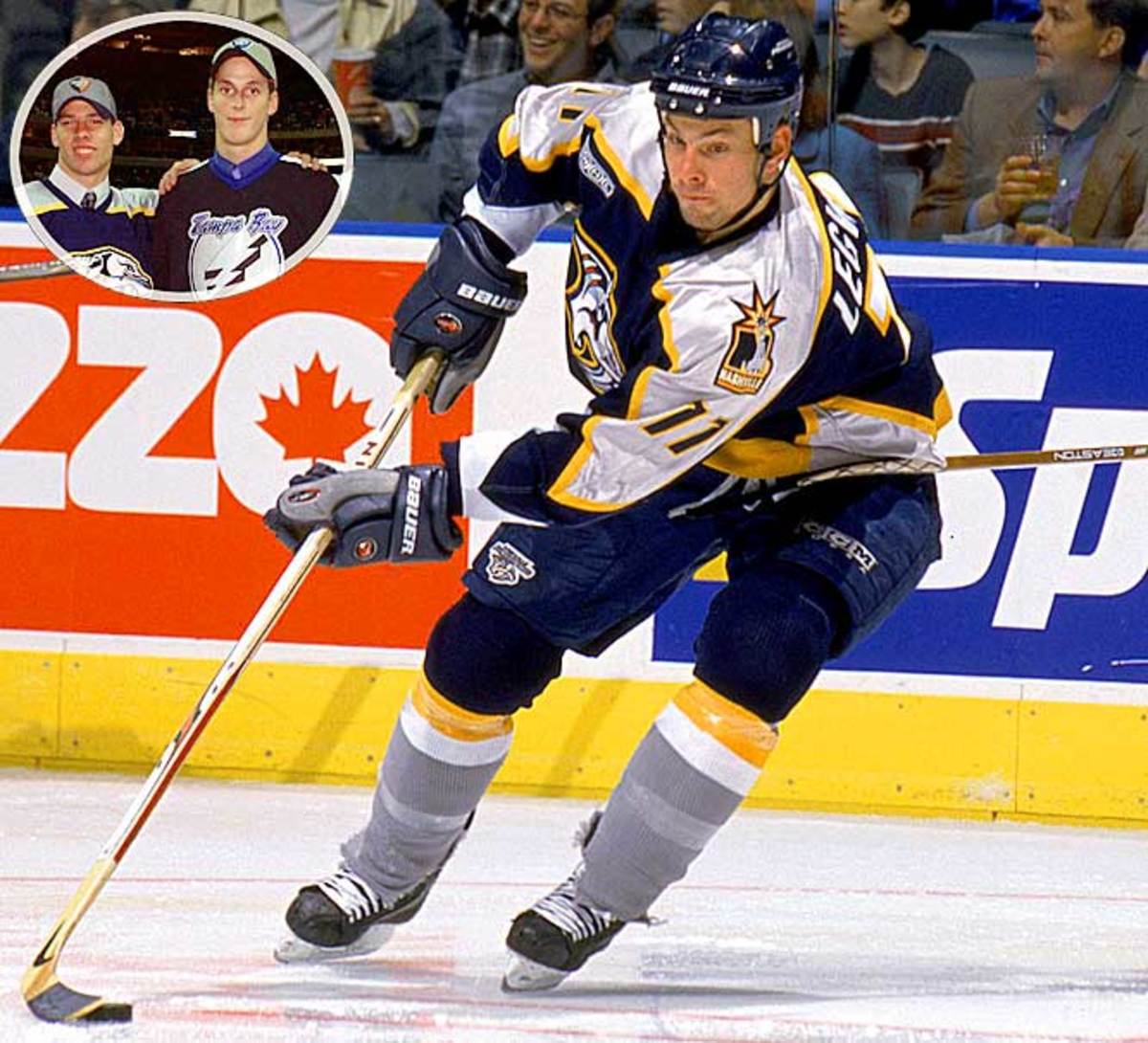
Drafted after Vincent Lecavalier (center, Lightning) in 1998<br><br>On draft day, then-Bolts owner Art Williams famously called Lecavalier "the Michael Jordan of hockey." Legwand, Nashville¹s first-ever pick, was anointed the cornerstone of the new franchise. His speed and grit have been an asset to the Preds' top line, but he's had problems staying healthy and hasn¹t quite lived up to his $4.5 million salary. He's broken the 50-point mark just once in eight seasons and has never led the Preds past the first round of the playoffs.
Pat Falloon, right wing
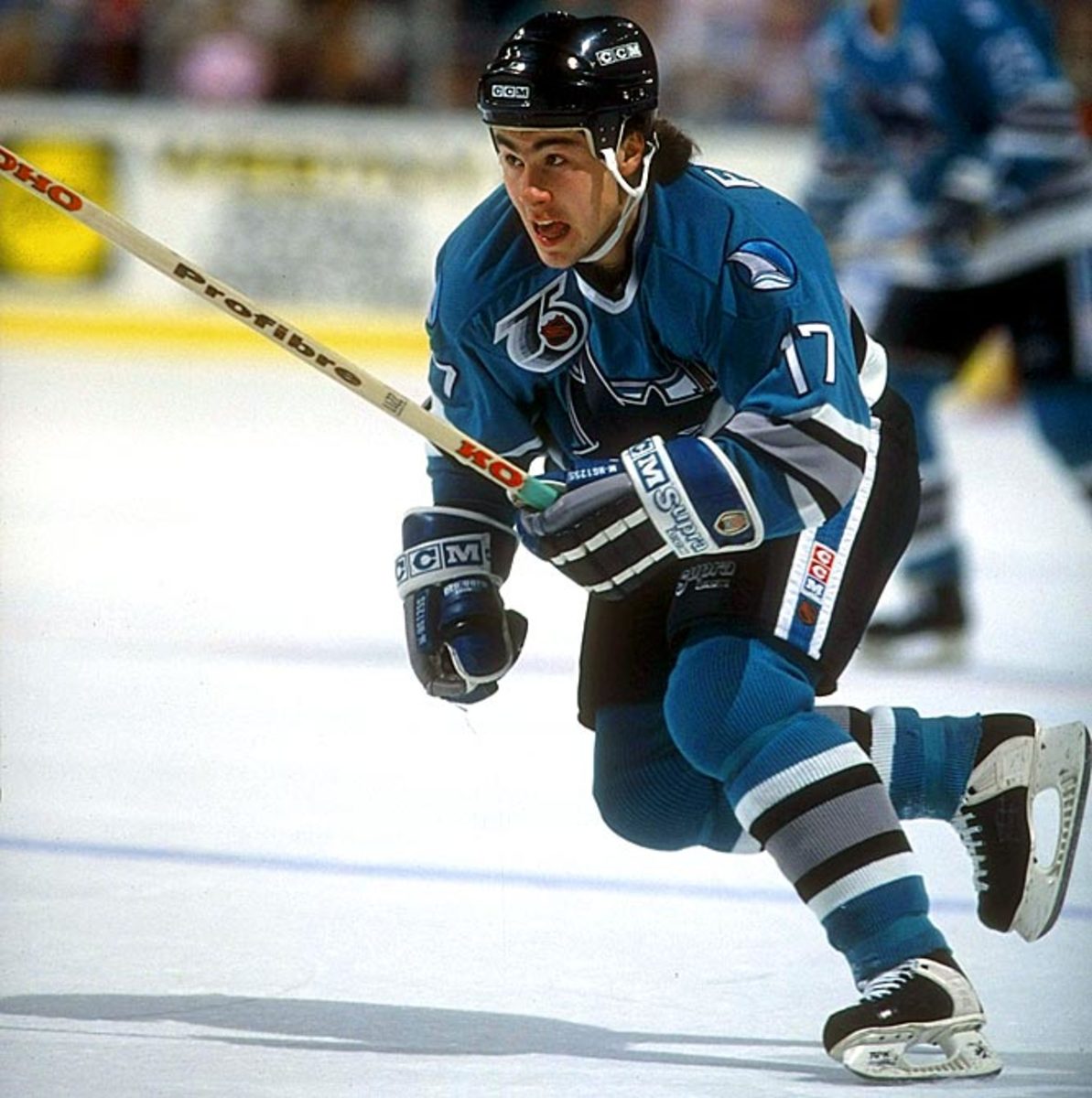
Drafted after Eric Lindros (right wing, Quebec Nordiques) in 1991 <br><br>Falloon's 59-point rookie season looked promising for the new franchise, but that was the winger's best campaign. During an injury-riddled sophomore season, he scored just 28 points in 41 games. He came back with 22 goals the next season, but uneven play became a pattern as he struggled to string together two productive seasons in a row. Before long, his name became a regular in the transactions column as he bounced from team to team, ultimately playing for five in his nine-year career.
Kirk Muller, center
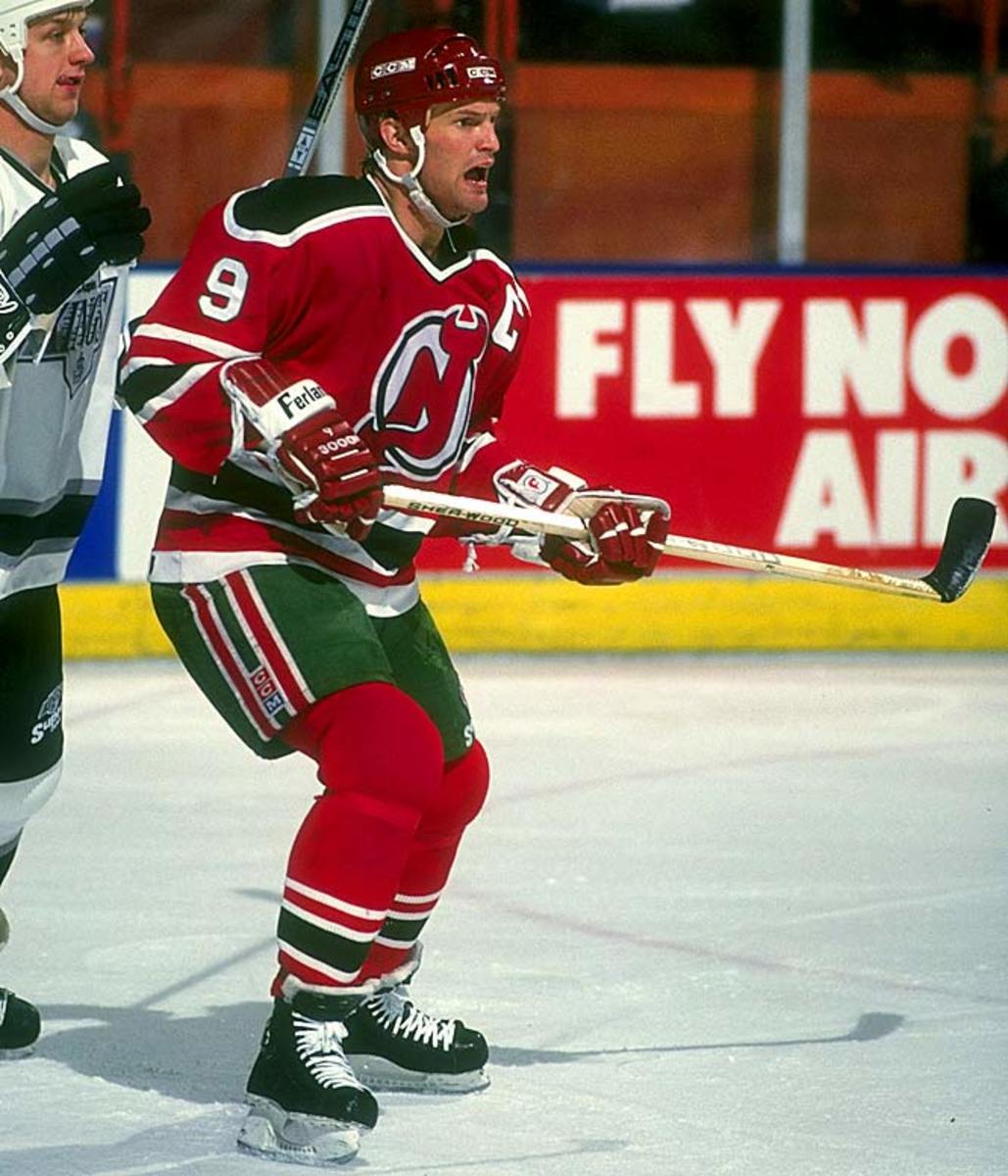
Drafted after Mario Lemieux (center, Penguins) in 1984<br><br>Muller had a not quite Hall of Fame-worthy career (959 points). When the Devils traded him to Montreal after seven seasons, he left as the franchise's leading scorer (520 points) and continued his production while winning a Stanley Cup in 1993. After being traded to the Islanders in 1995, he created a stir by briefly refusing to report. Having scored more than 50 points in each of his first 10 seasons, he never got above 40 in any of his last nine.
Tom Lysiak, center
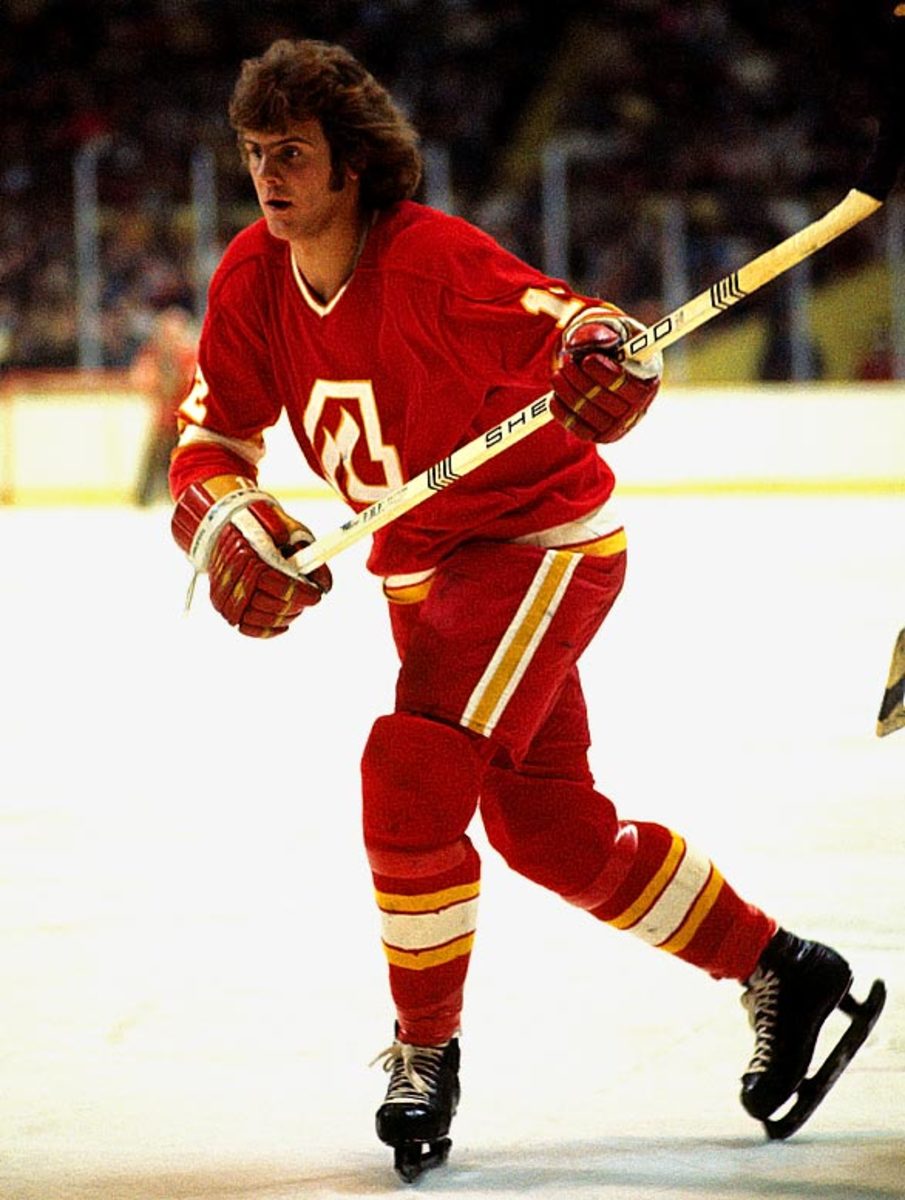
Drafted after Denis Potvin (defenseman, Islanders) in 1973<br><br>Lysiak led the Flames in scoring during his first five seasons and took them to the playoffs four times, attaining the captaincy, before an eight-player trade in 1979 sent him to Chicago. Among rising stars such as center Denis Savard and defenseman Doug Wilson, he receded into the supporting cast, scoring 412 points in eight seasons for Chicago. He may be best remembered for the 20-game suspension he served after tripping linesman Ron Foyt in a game in 1983. Lysiak played only two more seasons after the incident, retiring in 1986 due to back problems.
Marcel Dionne, center
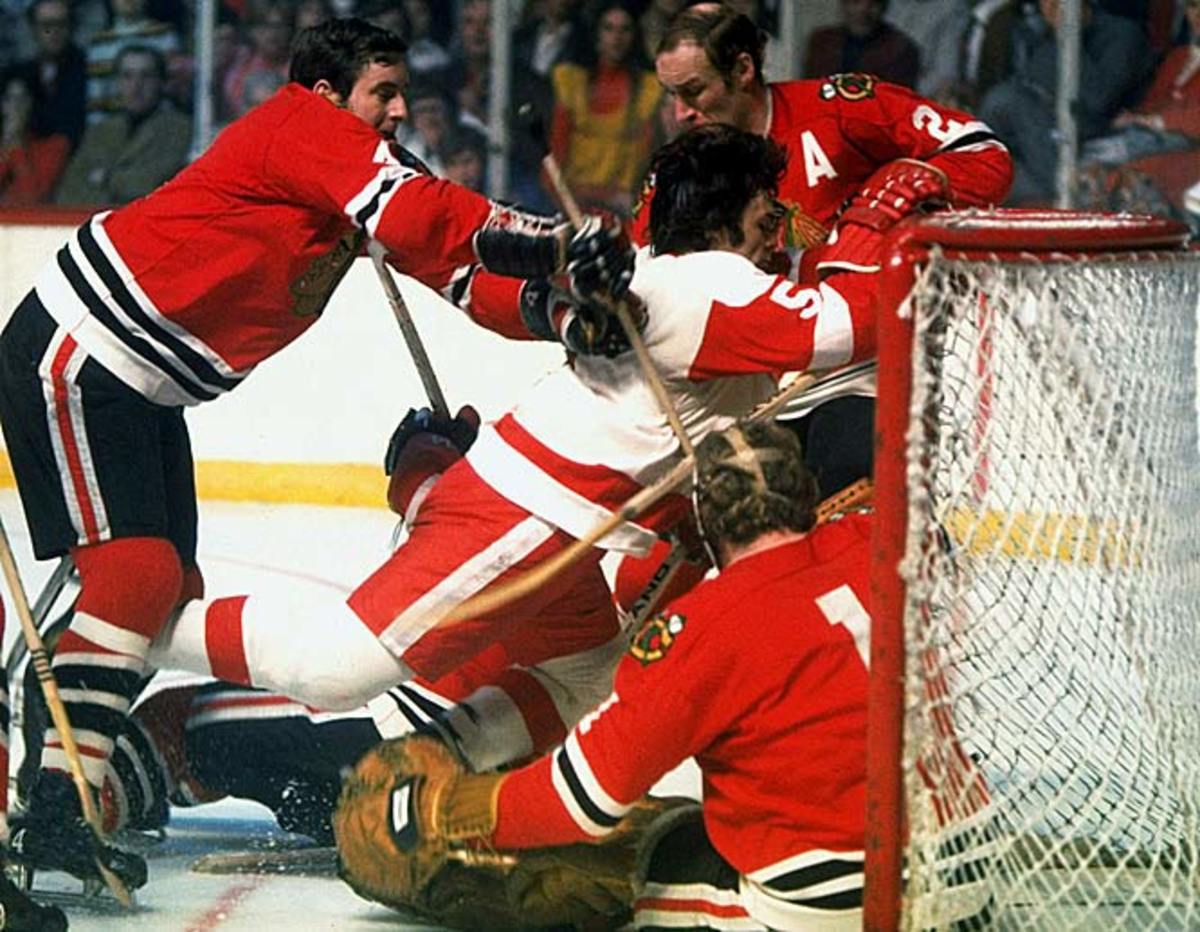
Drafted after Guy Lafleur (right wing, Canadiens) in 1971<br><br>Between them, Dionne and Lafleur produced four scoring titles, two Hart trophies, five Pearsons, and 3,124 points. In 1975, Dionne was traded to the Kings, with whom he averaged 112 points per season for 11 years. He scored more points (1,771 in 18 seasons) than Lafleur (1,353 in 17), but was less recognized, partly because he spent much of his career in LA and never made it past the second round while Lafleur's Habs won five Cups in his first eight seasons.
Dale Tallon, defenseman
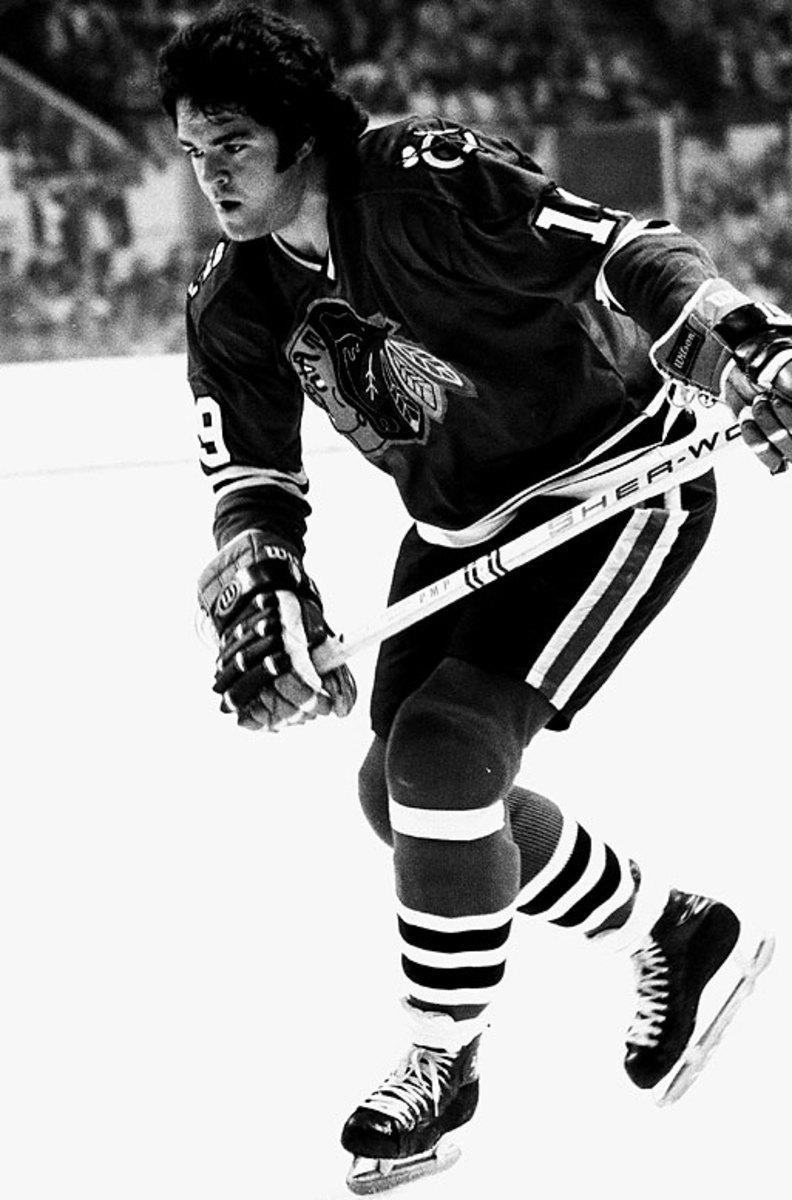
Drafted after Gilbert Perreault (center, Sabres) in 1970<br><br>The NHL welcomed the new Canucks and Sabres by giving them the first two picks in the draft. A spin of a roulette wheel gave Buffalo the rights to prized prospect Perreault. Vancouver took Tallon. A power play specialist who led the league with 11 man man-advantage goals in 1971-72, he had solid 10-year career in Vancouver, Chicago and Pittsburgh but paled next to Perreault, who became an icon as a member of Buffalo's famed French Connection line.
